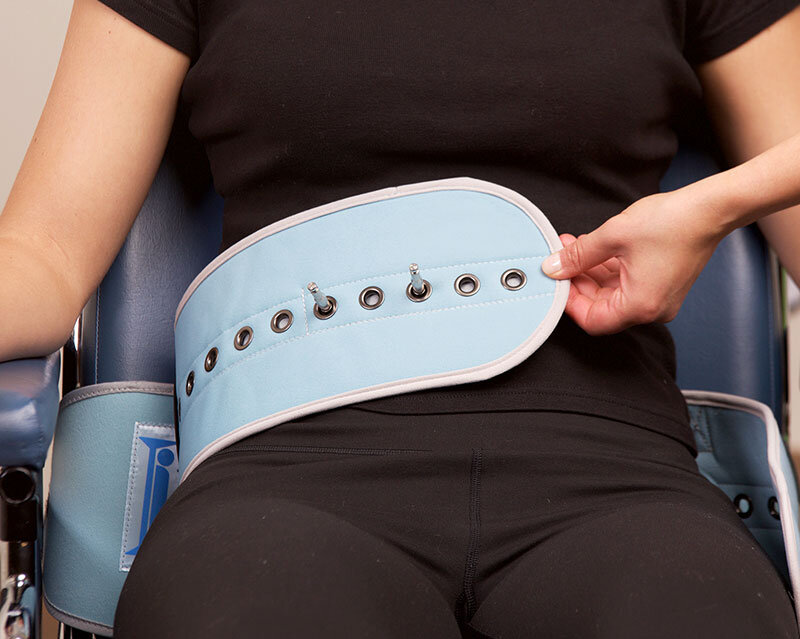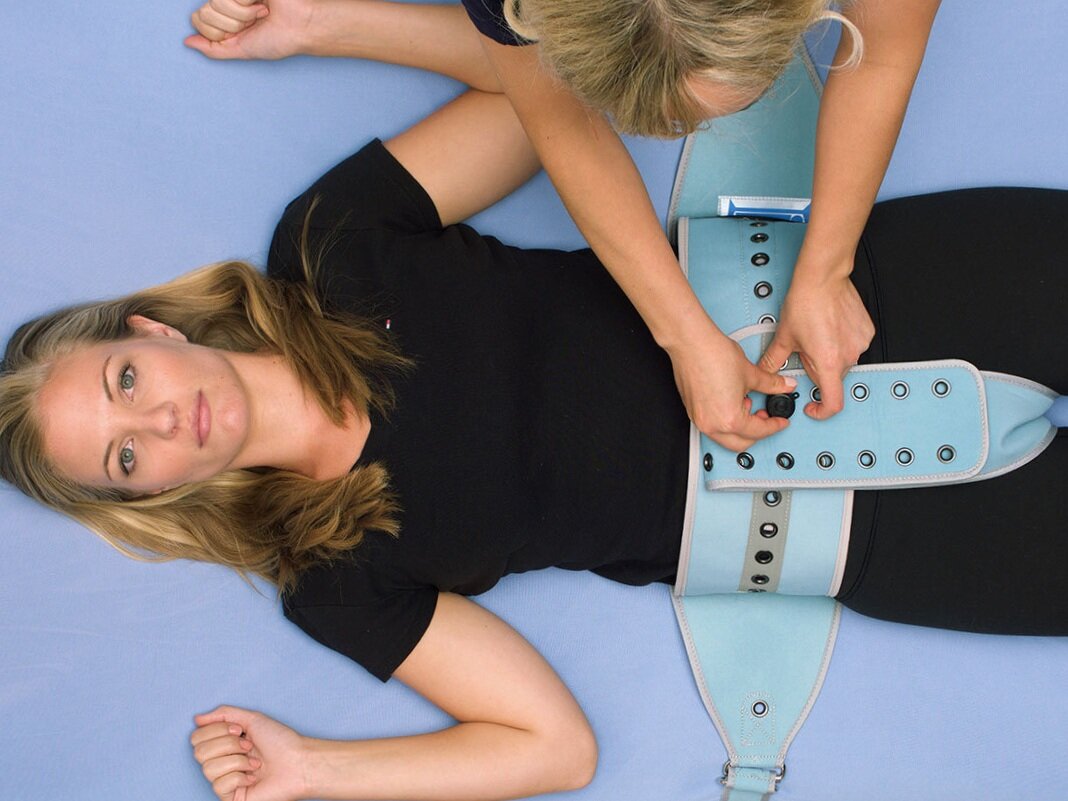The Pinel Waist / Gait Belt
Help protect patients from falls while also providing mobility and comfort with Pinel Waist (Gait) Belts.
Pinel is designed to keep patients secure while in your care, but still allowing them to rest comfortably in bed or in a chair.
The Pinel Advantage
Our unique system gives them the freedom to move in all directions and also works to prevent muscle atrophy and deep vein thrombosis.
And you can choose from our Waist Belts (Gait Belts) accessories to add extra protection.
How do you use a Waist Belt (Gait Belt)?
It simply attaches around the patient’s waist to prevent them from falling out of bed or falling out of a chair. It also allows the patient to move comfortably, for example, rolling over or sitting up. We strongly suggest the use of a Waist Belt (Gait Belt) when a patient is enjoying a normal rest period, either relaxing or sleeping.
While Waist Belts (Gait Belts) come in one universal size, X-Small and X-Large versions are also available for the comfort of your patients. Waist Belts (Gait Belts) can be ordered with or without the Pelvic Strap (keep reading below for more details) and come with the full locking system and three blue release keys.
The Waist Belt Extender
Used with the Waist Belt (Gait Belt) to make it 10 inches longer. It is used mainly for overweight or pregnant women. The system comes with one extender and one button/pin locking system.
The Patient Protector
The Patient Protector is used on the waist to prevent the patient from rolling out of bed or falling from a chair. The Velcro™ allows for easy self-release and is ideal for use with low-risk patients.
The Patient Protector comes with two button/pin/lanyards and two blue release keys.
The Pinel Pelvic Strap
Unique to the Pinel system, the Pelvic Strap can be used to stop the upward movement of the Waist Belt (Gait Belt) over the thorax.
When using the Waist Belt (Gait Belt), we strongly encourage your staff to apply the Pelvic Strap. When used together, the patient is able to make full rolls onto their side. Also, the sewn-in attachment straps prevent a further roll over the side. We also recommend that side rails be up and gaps in the side rails be blocked.
The Pelvic Strap comes with one strap and one button/pin locking system.
The Shoulder Belt
Much like suspenders, the Shoulder Strap can be used to prevent the Waist Belt (Gait Belt) from being pushed downward and off the patient.
If staff needs to prevent the Waist Belt (Gait Belt) from moving either up or down, use both the Pelvic Strap and Shoulder Belts. Both are connected to the Waist Belt (Gait Belt) with two pins that are inserted for the Pelvic Strap.
The system comes with one belt and one button/pin/lanyard locking system.
Questions? We’re here to help.
For instructions on how to use a Gait Belt and Waist Belt or additional accessories for use and training videos, please contact us and we'll be happy to provide support:




